Best Seasons for Window Sash Repairs
The optimal time for window sash repairs depends on climate conditions and seasonal factors. Typically, it is best to schedule repairs during mild weather to ensure proper sealing and avoid issues related to extreme cold or heat, which can affect materials and adhesives. Spring and early fall often provide ideal conditions for effective repairs.
Spring and fall offer moderate temperatures and lower humidity, ideal for window sash repairs. Avoid winter and peak summer months to prevent complications caused by temperature extremes.
Repair work during rainy or humid periods can hinder adhesion and drying times, reducing the effectiveness of repairs. Dry, stable weather ensures better results.
Certain repair materials, such as paints and sealants, perform best within specific temperature ranges, typically between 50-85°F (10-29°C).
Scheduling repairs during regular maintenance cycles helps prevent issues from worsening and extends the lifespan of window sashes.
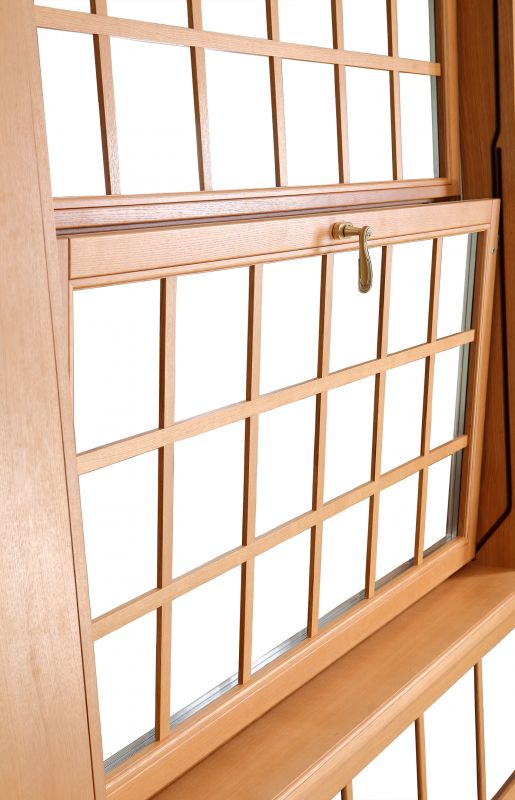
Ways to make Window Sash Repairs work in tight or awkward layouts.

Popular materials for Window Sash Repairs and why they hold up over time.

Simple add-ons that improve Window Sash Repairs without blowing the budget.
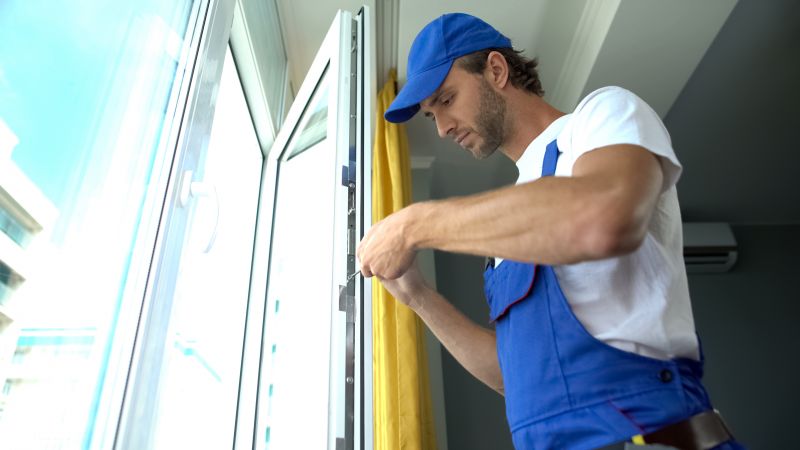
High-end options that actually feel worth it for Window Sash Repairs.

Finishes and colors that play nicely with Window Sash Repairs.
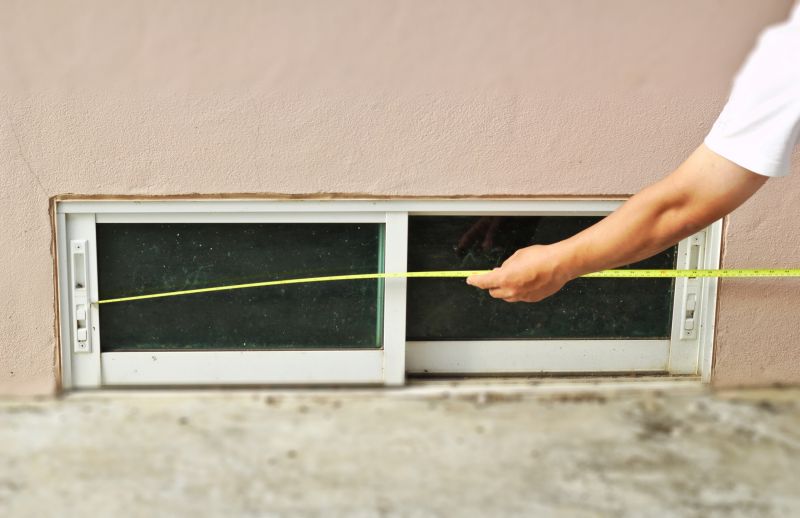
Little measurements that prevent headaches on Window Sash Repairs day.

A 60-second routine that keeps Window Sash Repairs looking new.

A frequent mistake in Window Sash Repairs and how to dodge it.
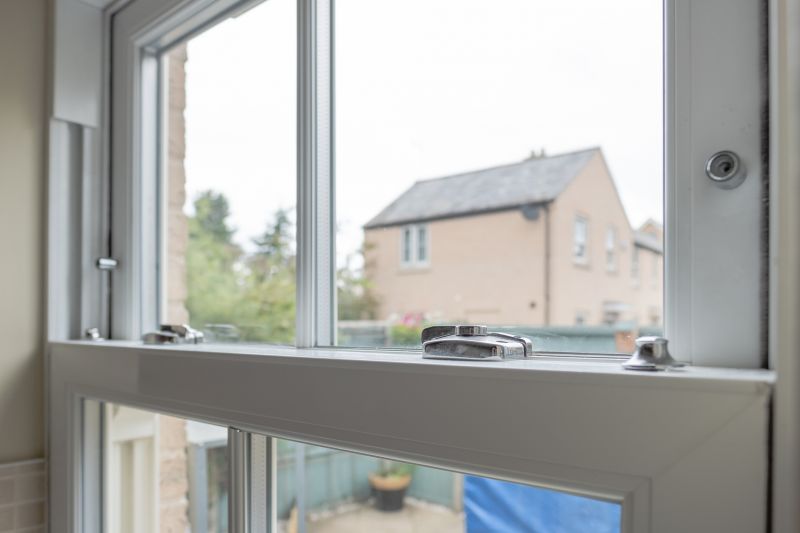
Small tweaks to make Window Sash Repairs safer and easier to use.
| Season | Ideal Repair Conditions |
|---|---|
| Spring | Moderate temperatures, low humidity, ideal for adhesion and sealing. |
| Summer | High temperatures may cause materials to cure too quickly; early morning or late evening repairs preferred. |
| Fall | Stable weather, ideal for repairs before winter. |
| Winter | Cold temperatures and moisture can hinder repair effectiveness; generally not recommended. |
| Rainy Periods | Avoid repairs during rain or high humidity for optimal results. |
| Dry Spells | Best time for repairs due to consistent dry conditions. |
| High Humidity | Can compromise adhesion; best to wait for lower humidity levels. |
| Extreme Heat | May cause materials to dry or cure improperly; avoid during peak heat. |
Window sash repairs involve fixing or replacing components such as sashes, frames, and hardware to restore proper function and appearance. Proper timing ensures that repairs are effective and durable. Statistics indicate that scheduling repairs during favorable weather can increase the lifespan of window components by up to 30%, reducing the need for frequent future repairs.
Advanced repair techniques include the use of weather-resistant sealants and durable hardware, which perform best under optimal seasonal conditions. Regular maintenance and timely repairs can prevent issues like drafts, water leaks, and window failure, saving costs over the long term.
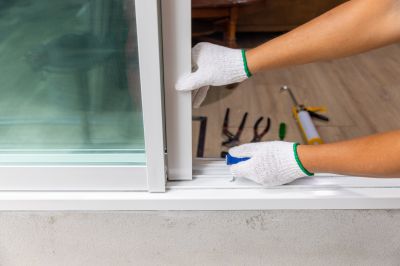
Lower-waste or water-saving choices for Window Sash Repairs.

The short, realistic tool list for quality Window Sash Repairs.

Rough timing from prep to clean-up for Window Sash Repairs.

Quick checks and paperwork to keep after Window Sash Repairs.
Interested in scheduling window sash repairs? Filling out the contact form can provide more information on suitable timing and available services. Proper scheduling ensures long-lasting results and optimal window performance.



